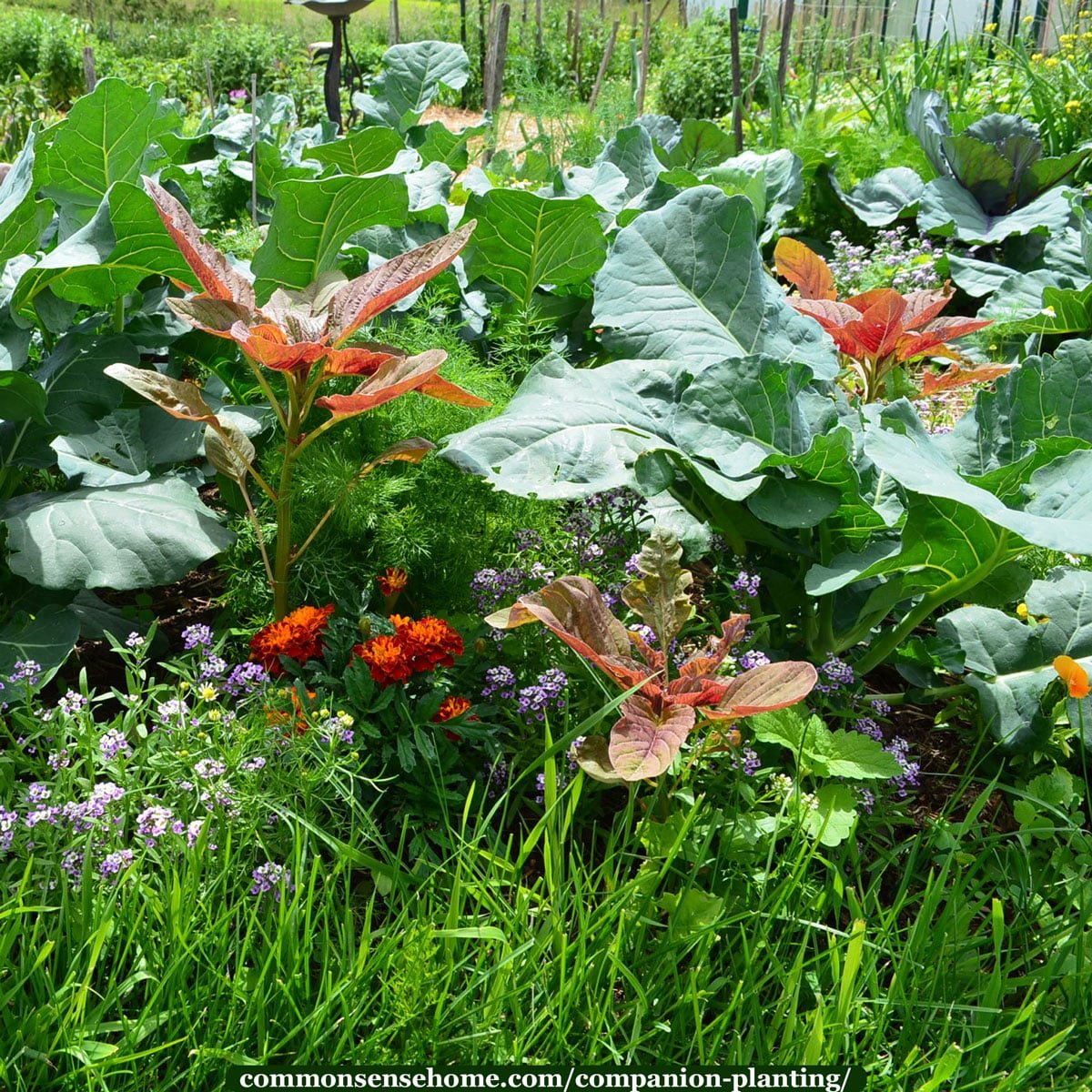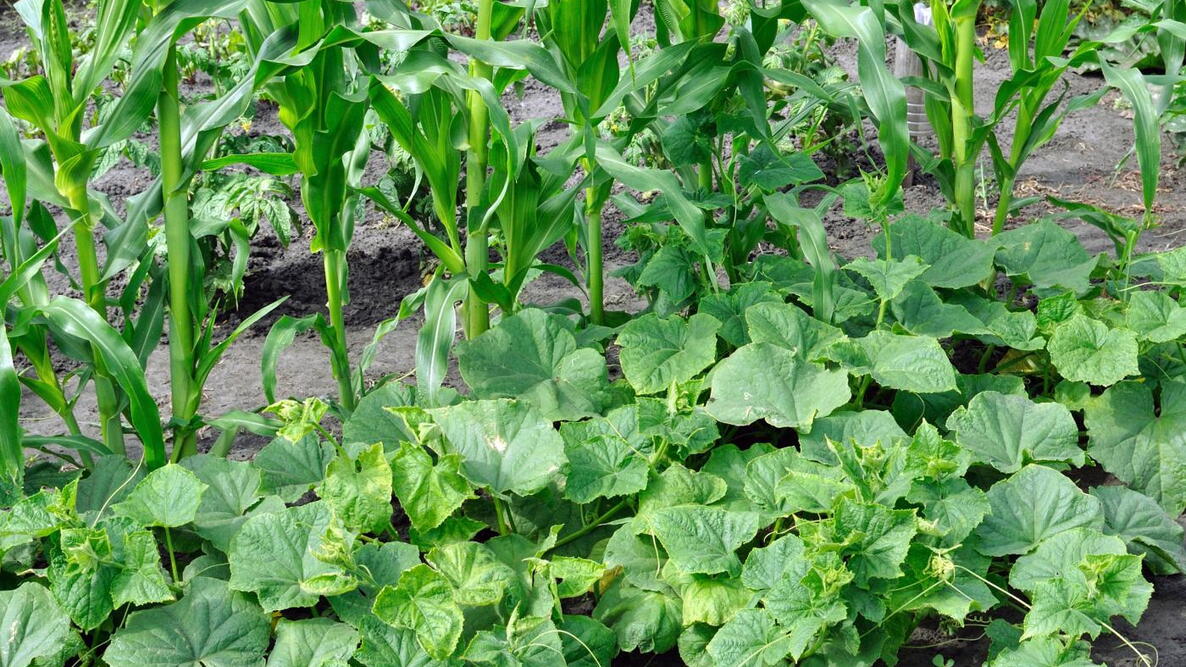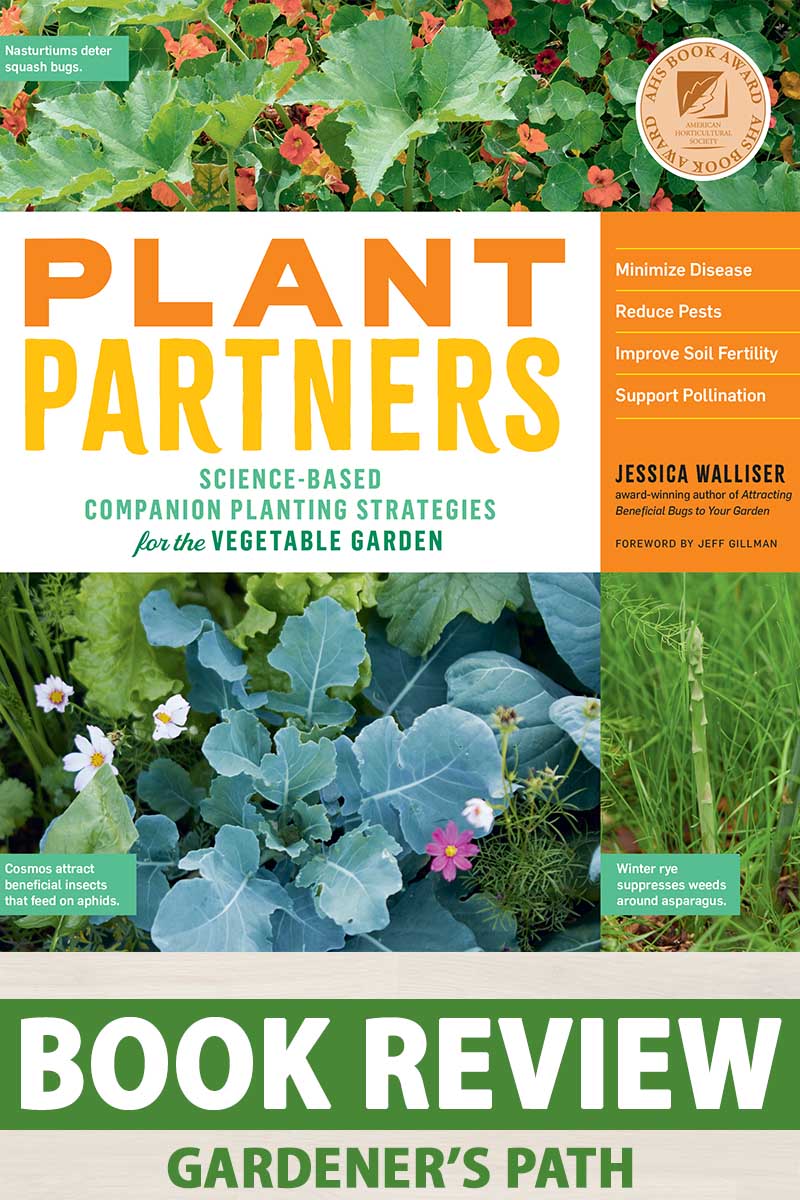Companion Planting Guide Chart: Grow A Healthy And Productive Garden
Companion Planting Guide Chart: Grow a Healthy and Productive Garden
Companion planting is the practice of planting different types of plants together in order to benefit each other. This can be done in order to attract beneficial insects, repel pests, improve soil quality, or simply to create a more visually appealing garden.
There are many different benefits to companion planting. Some of the most common include:
- Attracting beneficial insects: Many companion plants attract beneficial insects, such as ladybugs, lacewings, and spiders. These insects help to control pests, which can save you time and money on pest control.
- Repelling pests: Some companion plants can repel pests, such as marigolds, which repel nematodes, and nasturtiums, which repel aphids.
- Improving soil quality: Some companion plants can improve soil quality by fixing nitrogen, such as beans and peas, or by attracting earthworms, such as carrots and onions.
- Creating a more visually appealing garden: Companion planting can also be used to create a more visually appealing garden. For example, you could plant tall sunflowers behind shorter plants, such as carrots or lettuce, to create a backdrop.
If you're interested in trying companion planting, there are a few things you need to know. First, you need to understand the different types of companion plants. There are three main types:
- Attractants: These plants attract beneficial insects or other organisms that can help to control pests.
- Repellents: These plants repel pests.
- Competitive: These plants compete with pests for food or space.
Once you understand the different types of companion plants, you can start to plan your garden. There are a number of different companion planting charts available online that can help you get started. These charts will show you which plants are compatible with each other.
When planting your companion plants, it's important to consider their spacing requirements. Some plants need more space than others, so you'll need to make sure you leave enough room for them to grow. You should also consider the sun exposure requirements of your plants. Some plants need full sun, while others prefer partial shade.
With a little planning, you can create a companion planting garden that is both healthy and productive. Here are some additional tips for companion planting:
- Plant tall plants in the back and shorter plants in the front. This will help to create a more balanced and attractive garden.
- Plant plants with similar water and nutrient requirements together. This will help to prevent one plant from outcompeting the other.
- Rotate your crops each year. This will help to prevent pests and diseases from building up in the soil.
With a little care and attention, you can create a companion planting garden that will provide you with delicious, healthy food for years to come.
Companion planting is a gardening practice that involves planting certain types of plants together to benefit each other. Some plants attract beneficial insects, while others deter pests. Some plants improve the soil, while others help to improve the flavor of the vegetables.
If you are new to companion planting, or if you want to learn more about the benefits of this gardening practice, I recommend visiting the Gardenia Inspiration. This website has a comprehensive companion planting guide chart that lists which plants are compatible with each other. The chart also includes information about the benefits of each plant combination.
In addition to the companion planting guide chart, the Gardenia Inspiration also has a blog with articles about companion planting, as well as a forum where you can ask questions and get advice from other gardeners.
I hope this information helps you to learn more about companion planting. If you have any questions, please feel free to contact me.
FAQ of companion planting guide chart
Q: What is companion planting?
A: Companion planting is a gardening technique that involves planting certain types of plants together to benefit each other. This can be done to attract beneficial insects, deter pests, improve soil quality, or increase yields.
Q: What are the benefits of companion planting?
A: There are many benefits to companion planting, including:
- Increased yields: Companion plants can help to attract beneficial insects that pollinate crops, deter pests that damage crops, and improve soil quality, all of which can lead to increased yields.
- Improved soil quality: Companion plants can help to improve soil quality by fixing nitrogen, breaking down organic matter, and attracting earthworms.
- Reduced pest problems: Companion plants can help to deter pests by releasing chemicals that repel them or by attracting predators that eat them.
- Enhanced flavor: Some companion plants can enhance the flavor of other plants. For example, basil is often planted with tomatoes to improve their flavor.
Q: How do I use a companion planting guide chart?
A: A companion planting guide chart can help you to choose which plants to plant together. The chart will show you which plants are beneficial to each other and which plants should not be planted together.
Q: How close do plants have to be to their companions?
A: The ideal distance between plants will vary depending on the specific plants involved. However, in general, plants that have a beneficial relationship should be planted within two or three rows of each other.
Image of companion planting guide chart
Here are 5 different images of "companion planting guide chart" from Pinterest:
This chart shows which vegetables and herbs are good companions for each other, as well as which ones should be avoided. It is a great resource for planning your vegetable garden.
This chart is a bit more detailed than the first one, and it also includes flowers and some fruits. It is a great resource for gardeners who want to create a more diverse and balanced garden.
The 3-Sisters companion planting method is a traditional Native American method of planting corn, beans, and squash together. This method is very effective at deterring pests and promoting healthy growth.
This chart shows which herbs are good companions for each other, as well as which ones should be avoided. It is a great resource for gardeners who want to create a more fragrant and flavorful garden.
This chart shows which plants can help to attract beneficial insects or repel pests. It is a great resource for gardeners who want to reduce their reliance on pesticides.





Post a Comment for "Companion Planting Guide Chart: Grow A Healthy And Productive Garden"